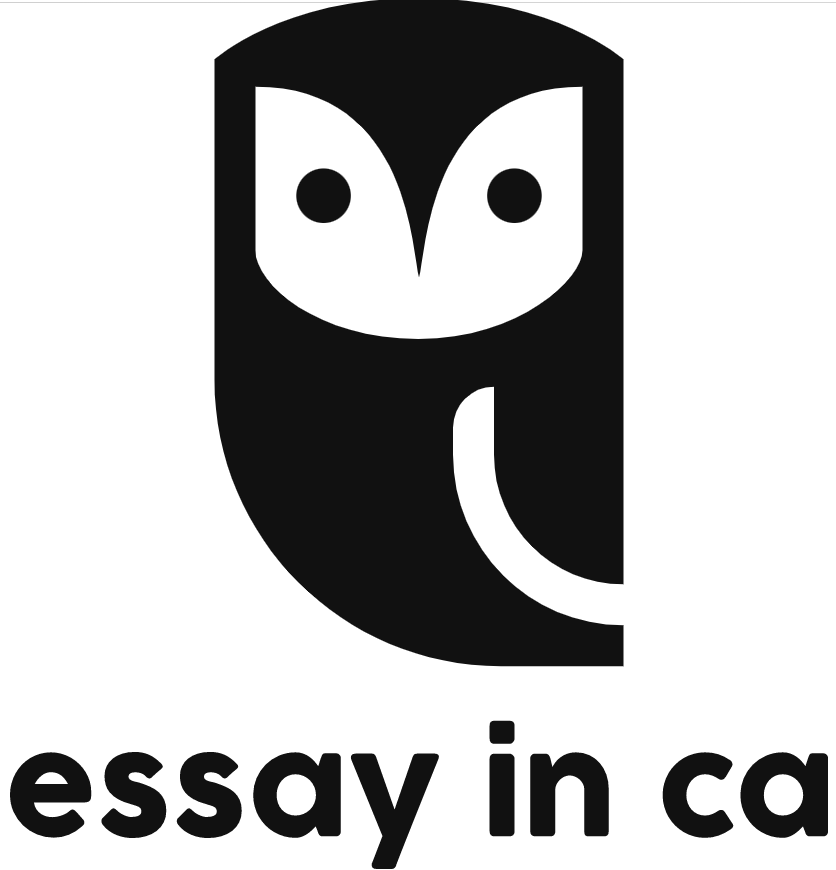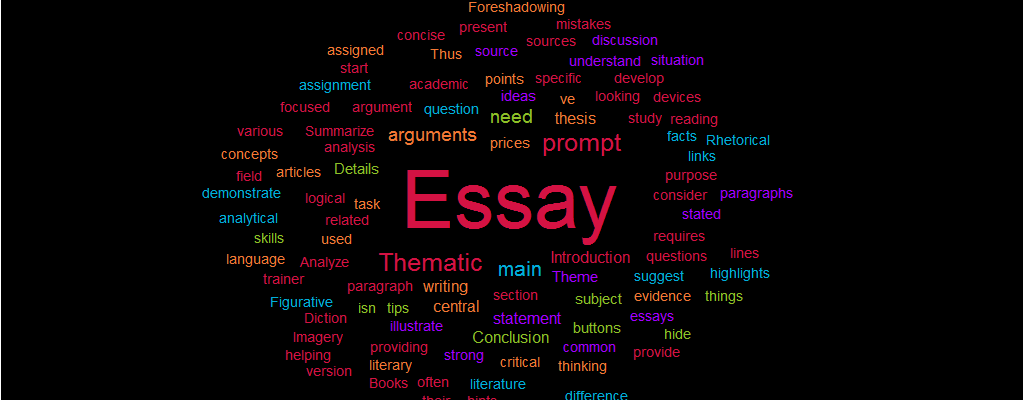The main goal of a conclusion is to give the reader a sense of closure. It should also demonstrate that the essay’s topic raised new questions or opened new possibilities. Here is an example of a conclusion that discusses the history of the Braille system. If you’re struggling with a topic for your conclusion, use the following tips to help you write a strong conclusion. Using a remorseful phrase or quotation from a primary or secondary source is not a good idea, and you should avoid cliched conclusion sentence starters.
Avoid cliche conclusion sentence starters
While preparing to write an essay, students may find cliche conclusion sentence starters to be helpful. To avoid these, choose an alternative word. Moreover, avoid using common phrases that are overused. Likewise, don’t repeat your thesis statement, as it may not be relevant to your work. Instead, you should include evidence or arguments from the body of the essay, not repeat it at the end.
Another way to avoid using cliche conclusion sentence starters for an essays is by starting with the author’s words. The reader will know when they’re nearing the end of the paper if you end with these phrases. Furthermore, they’re redundant. So, instead of using them, consider starting your essay with your own words. This will give your audience a clear picture of what your paper is about.
Synthesize, don’t summarize
Before writing your synthesis essay, you should have an idea of what your paper will look like. While many students simply use the term “thesis,” the purpose of this structure is to clarify a claim or core idea. The conclusion of a synthesis essay should restate the central ideas of the essay, and address any questions that remain. A synthesis paper requires you to understand a given text and analyze its rhetoric, purpose, and argument in order to make an effective conclusion. It’s also important that every aspect of the paper supports the thesis.
When writing a synthesis essay, the first step is to analyze your sources. This way, you can build the structure of your essay by gathering information from different sources and rearranging them to create a new direction. Maps can also be helpful when structuring synthesis essays. They require students to analyze the arguments and ideas of different authors. In addition to using maps to structure their essays, synthesis essays require students to analyze their sources and decide what they are trying to say.
Avoid ending with a remorseful phrase
One common mistake people make when writing a conclusion is using an obvious opening that does not earn points. Often, this is the case because students are too inexperienced to know what kind of opening they should use. If you are having difficulty coming up with an opening for your conclusion, go back to your essay plan and carefully unpack your contention. You may find that writing a conclusion in this way is more difficult than you initially thought.
A remorseful phrase in writable tone can be a bit difficult to pull off. Usually, the body of an essay is sufficient to answer the question. Therefore, a remorseful phrase isn’t necessary. If you’re answering a question in an essay, make sure to answer it without using a remorseful phrase.
Avoid ending with a quotation from or reference to a primary or secondary source
Unless your source is a primary source, it is best to avoid ending with a quotation from a primary or secondary source. This practice has been proven to be less effective in a variety of academic settings, from essays to academic journal articles. Ending with a quotation can also create confusion with readers. Here are some tips to help you avoid this error:
When using a quotation from a primary or secondary source, be sure to cite the original source. Secondary sources, on the other hand, are written by authors who did not participate in or observe the events. These sources contain facts and ideas that you may not be able to verify with the use of primary sources. Moreover, when using a quotation from a secondary source, be sure to check its context. This will avoid any kind of surprise or misunderstanding for the reader.

